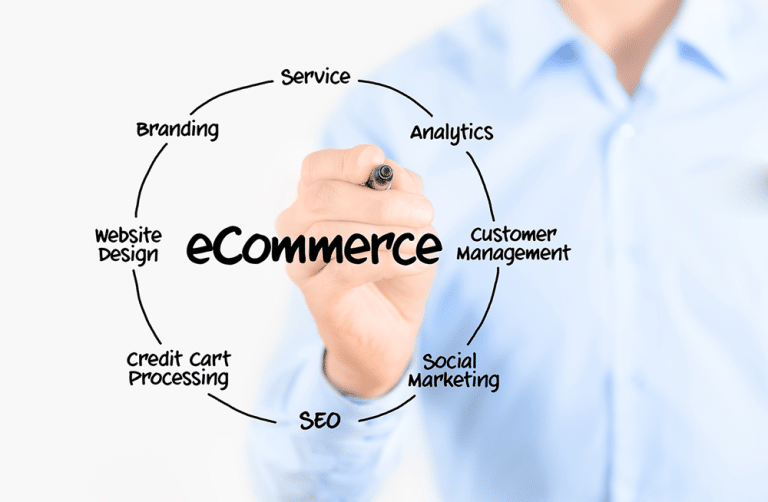Increasing sales in the highly competitive restaurant industry is essential for businesses to survive and prosper. With so many options available to consumers, restaurants must find ways to stand out and continuously attract customers. Increasing sales brings in more revenue and helps confirm a substantial standing and dedicated customer base, which can lead to long-term success. This piece of writing will discuss about how to improve restaurant sales. Scroll down.
How to Increase Restaurant Sales?
To increase restaurant revenue sales, consider offering promotions, improving menu offerings, optimizing pricing, enhancing customer service, utilizing social media, and implementing a loyalty program.Lets discuss in detail about how to increase restaurant sales.
Pay at The Table
Offering pay-at-the-table options can significantly increase restaurant sales by streamlining the payment process and improving customer satisfaction. With the convenience of paying at their table, customers are likelier to stay longer and order more food and drinks. This feature can also help reduce errors in payment processing and increase staff efficiency, further boosting sales.
Plate To Perfection
Plate to Perfection can increase restaurant sales by providing high-quality food photography and videography services. You can attract more customers and increase sales by showcasing your dishes visually appealingly. Plate to Perfection can also help with menu design and social media marketing to further promote your restaurant.
Learn From The Best
Learning from the best in the restaurant industry can furnish helpful understanding and techniques to boost sales. Studying successful restaurateurs and their strategies can lead to better menu design, more effective marketing campaigns, and higher customer satisfaction, ultimately increasing revenue and profitability.
Optimize Your Menu
Optimizing your menu can be a great way to increase restaurant sales. You can start by analyzing your sales data and identifying your most popular and profitable dishes. Then, consider adjusting your prices, simplifying your menu, and highlighting your best dishes to drive more sales.
Invest In High-Quality Furniture To Offer Comfort To Customers
Investing in high-quality furniture is a great way to increase restaurant sales by offering comfort to customers. By choosing durable and stylish furnishings such as those provided by Missouri Table and Chair, customers are more likely to return and recommend your establishment to others.
Optimize Your Website For Local Search
Optimizing your restaurant’s website for local search can improve online visibility and drive more foot traffic to your business. To increase sales, focus on local keywords, optimize your Google My Business listing, and ensure your website is mobile-friendly and easy to navigate.
Run a Contest
Running a contest can be a great way to increase restaurant sales. You can offer prizes like free meals or discounts to customers who refer friends or post about your restaurant on social media. It can create buzz and attract new customers while also rewarding loyal ones.
Run Digital Ads
Running digital ads can be a great way to increase restaurant sales. By targeting potential customers with enticing ads on social media platforms and search engines, you can drive more traffic to your restaurant. To maximize the impact of your ads, make sure they are visually appealing, have a clear call-to-action, and offer an incentive for customers to visit.
Social Media Promotions
Social media promotions can be a powerful tool for increasing restaurant sales. Utilize platforms like Facebook, Instagram, and Twitter to share attractive photos of your food, promote limited-time discounts and deals, and encourage customers to share their experiences and leave positive reviews. Contending with followers and replying to feedback can also help create a loyal customer base.
Improve Based On Customer Feedbacks &Reviews
To increase restaurant sales based on customer feedback and reviews, you can start by identifying common complaints and suggestions. Manage these issues and make modifications to improve the customer experience. You can also incentivize customers to drop reviews and share positive experiences on social media to attract new customers.
Provide Good Offers
One effective way to increase restaurant sales is by providing reasonable offers such as discounts, meal combos, happy hour specials, and loyalty programs. These offers can attract new customers and encourage repeat business, leading to higher sales and revenue.
Make Upselling Easy
One effective way to increase restaurant sales is to make upselling easy for servers. Please encourage them to suggest add-ons, recommend higher-priced items, or offer complementary dishes. Provide training to develop their upselling skills and reward them for their efforts. Also, consider using digital menus or tablet ordering systems to facilitate upselling.
Conclusion
In conclusion, increasing restaurant sales requires a multi-pronged approach that includes analyzing customer behavior, improving staff training and performance, optimizing menu design and pricing, and leveraging technology tools. By adopting these strategies, restaurant owners and managers can unlock the potential for increased revenue, customer satisfaction, and long-term success. It’s a continuous process that requires ongoing monitoring, investigation, and transformation to stay ahead of the competition and meet evolving customer needs.




























